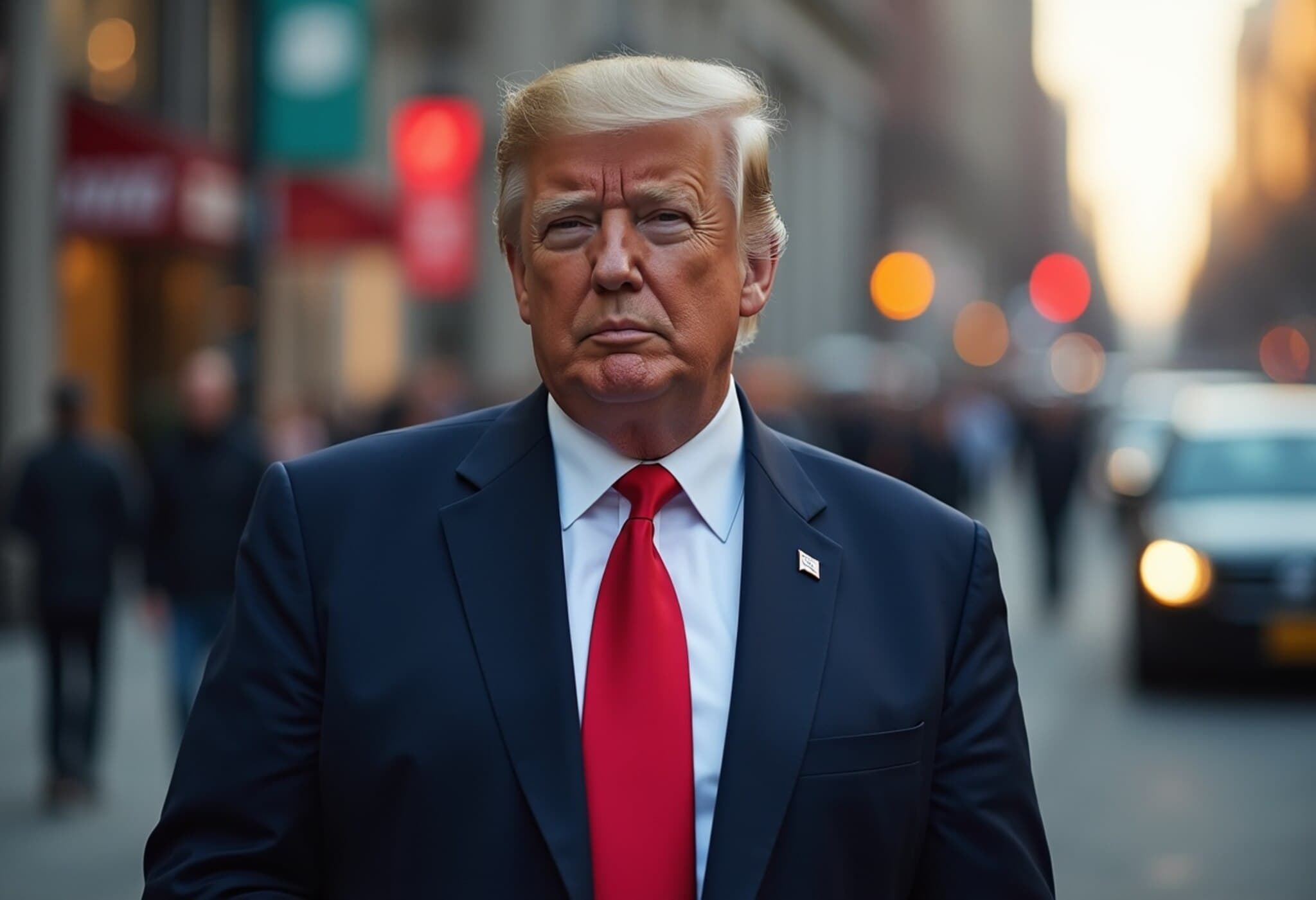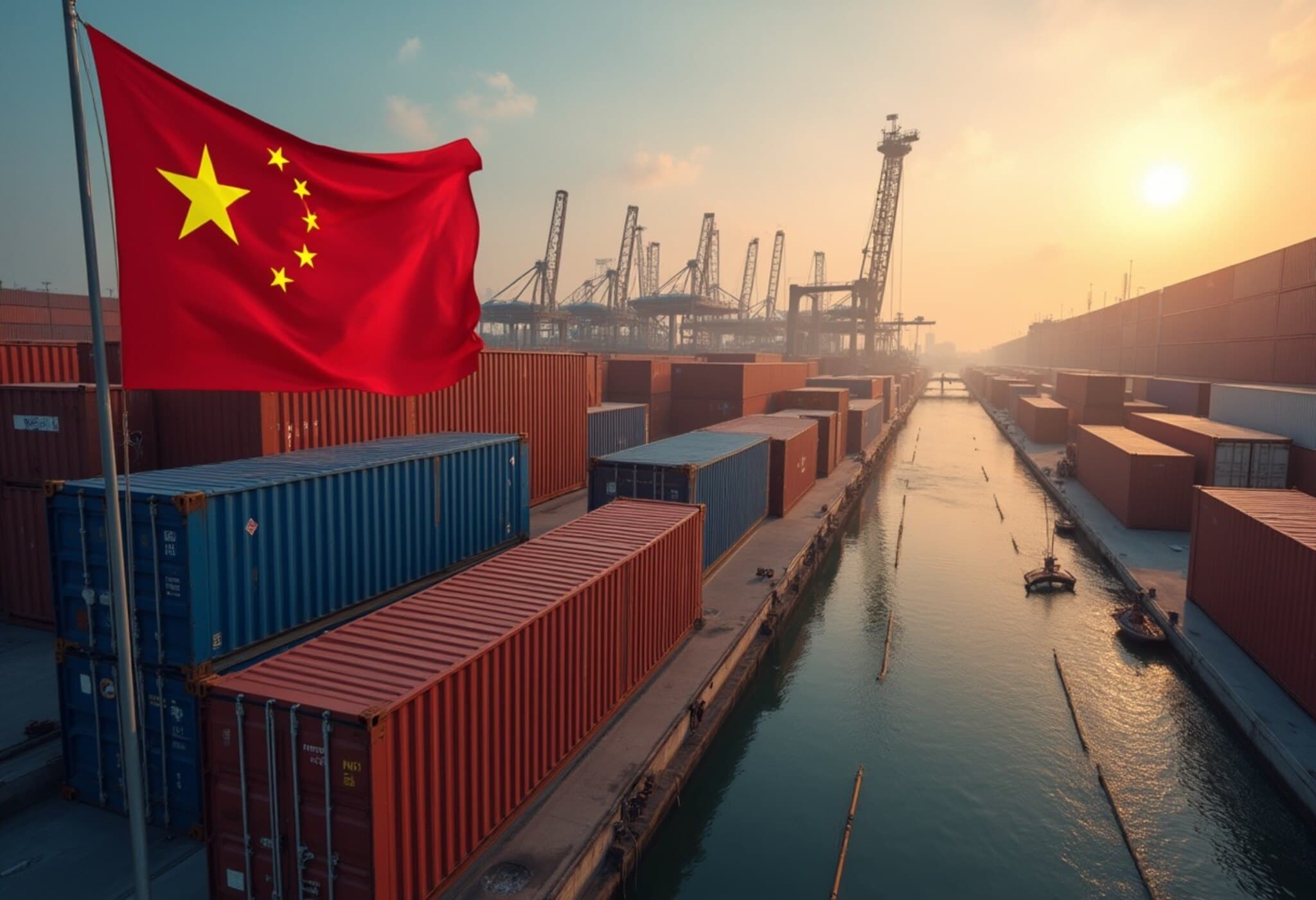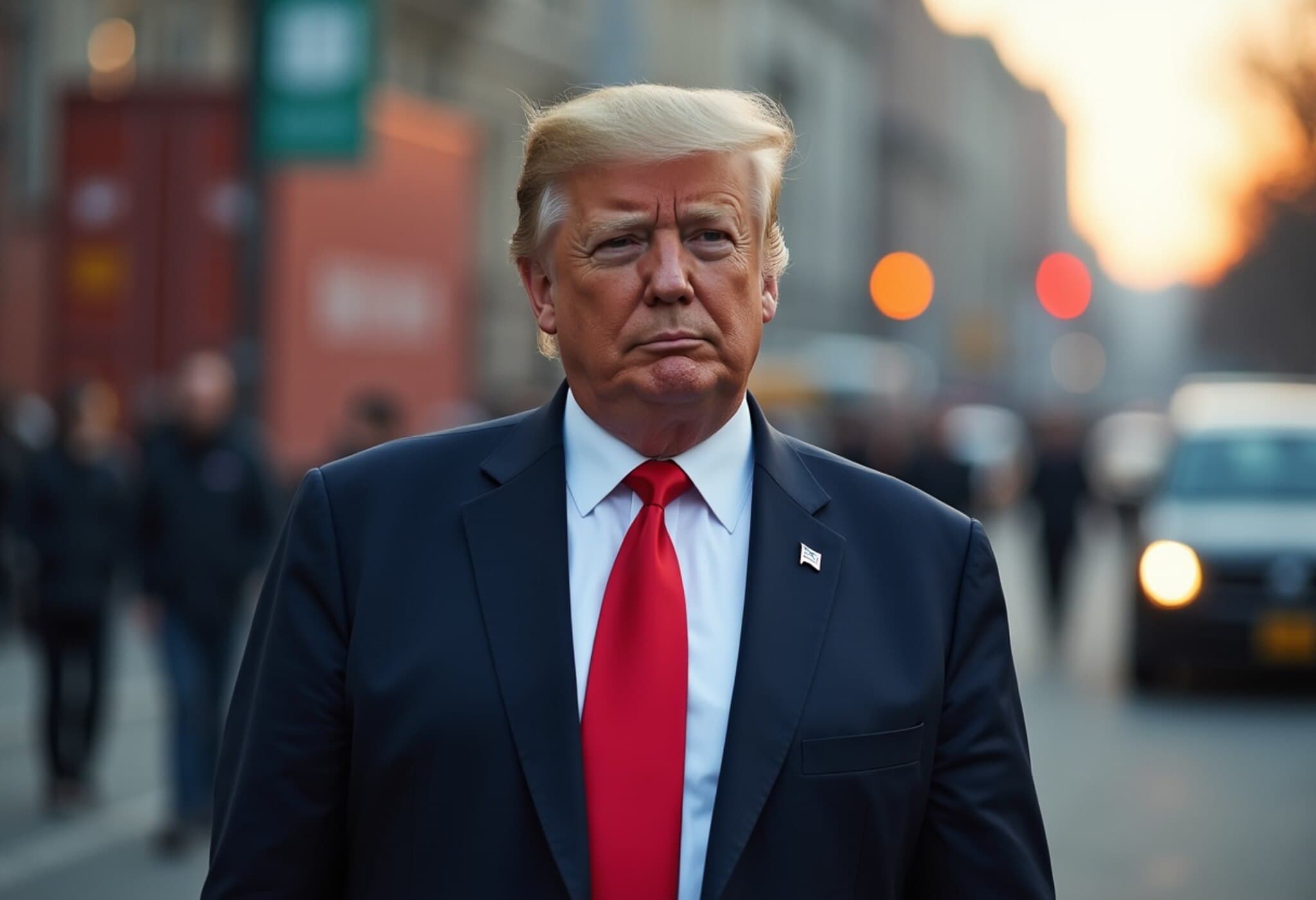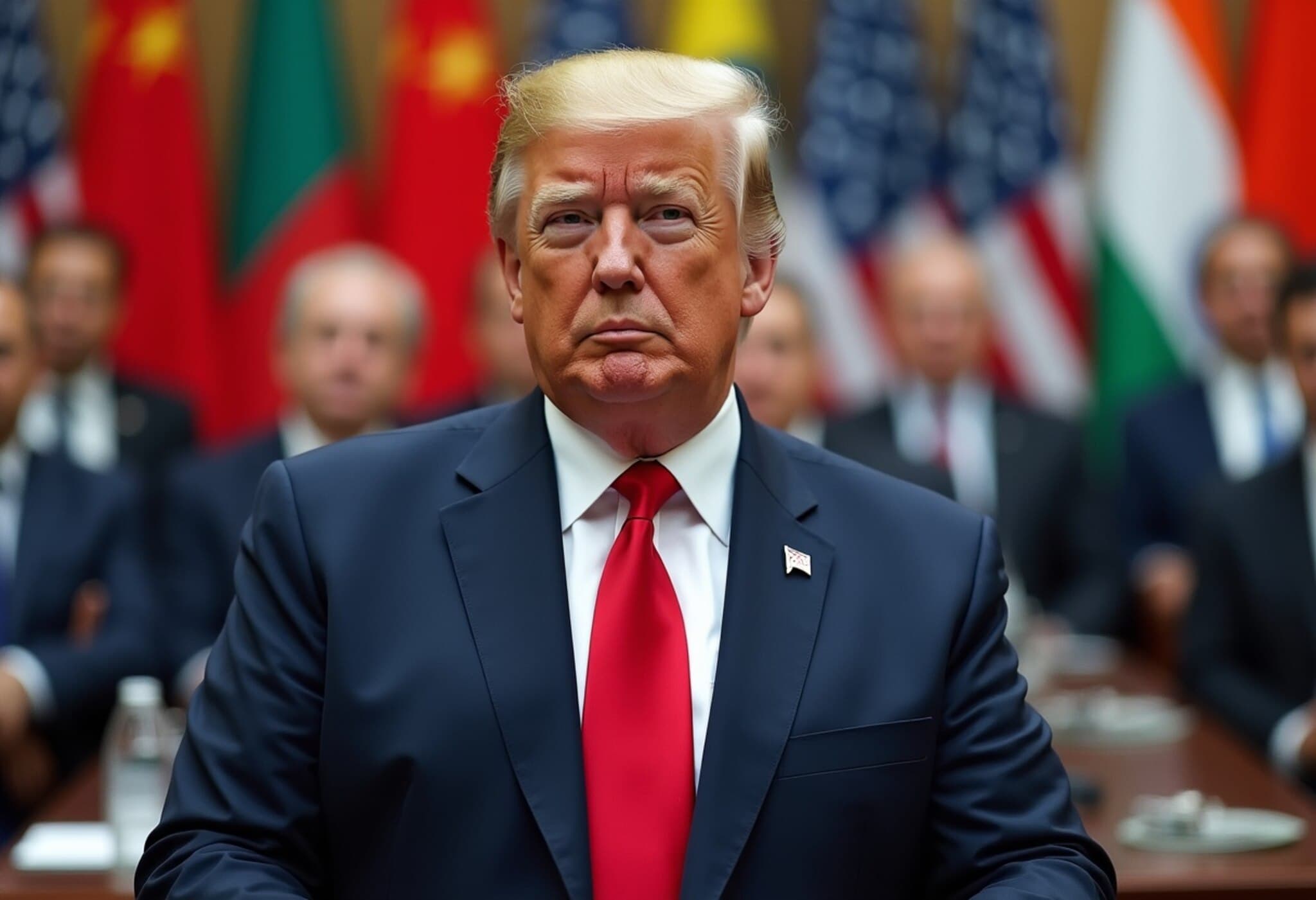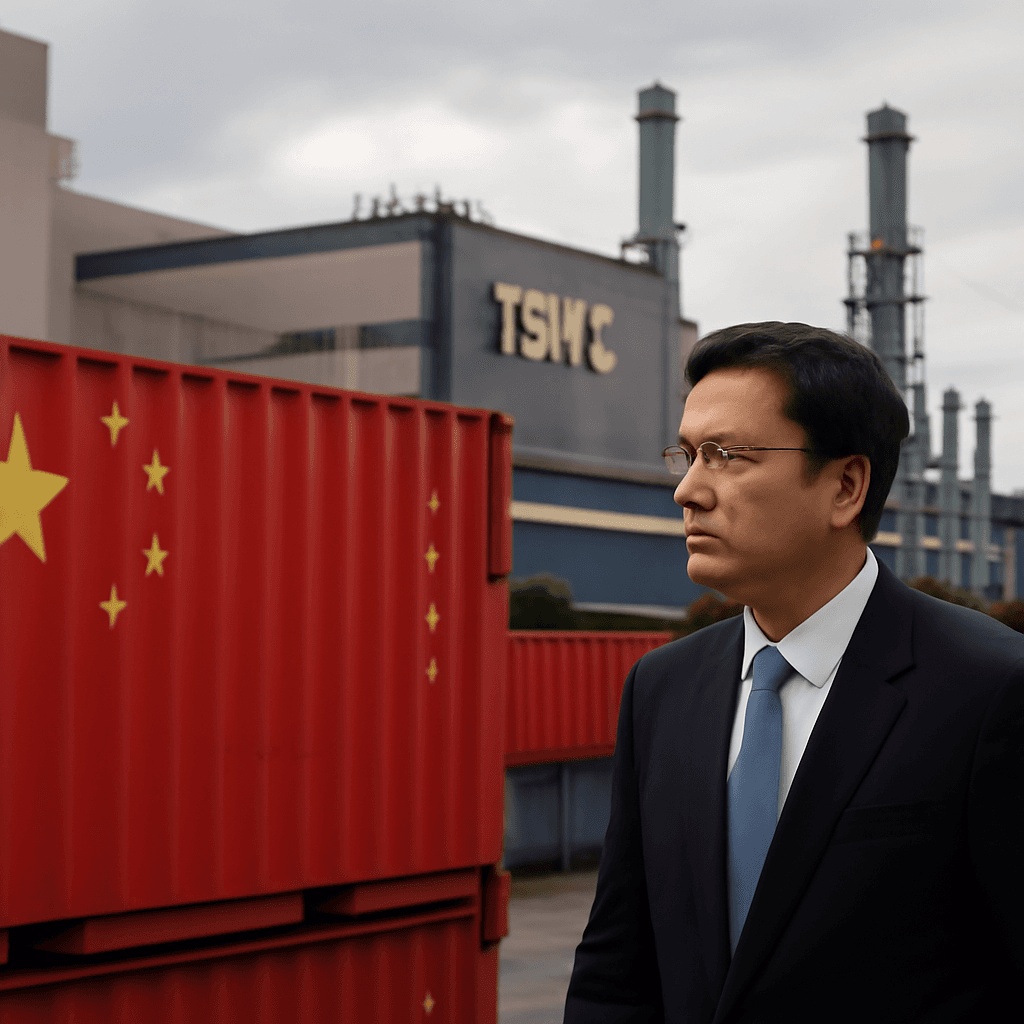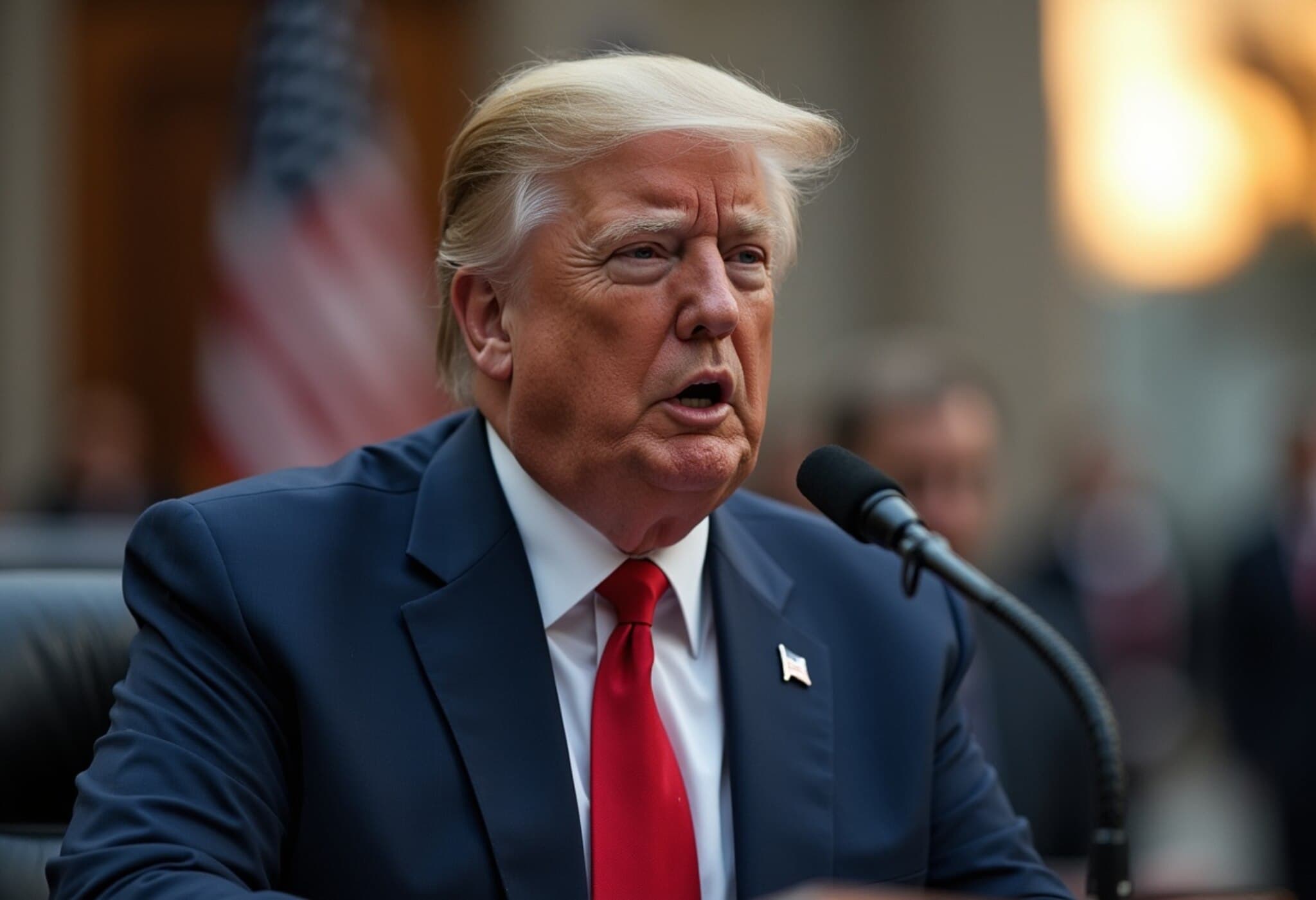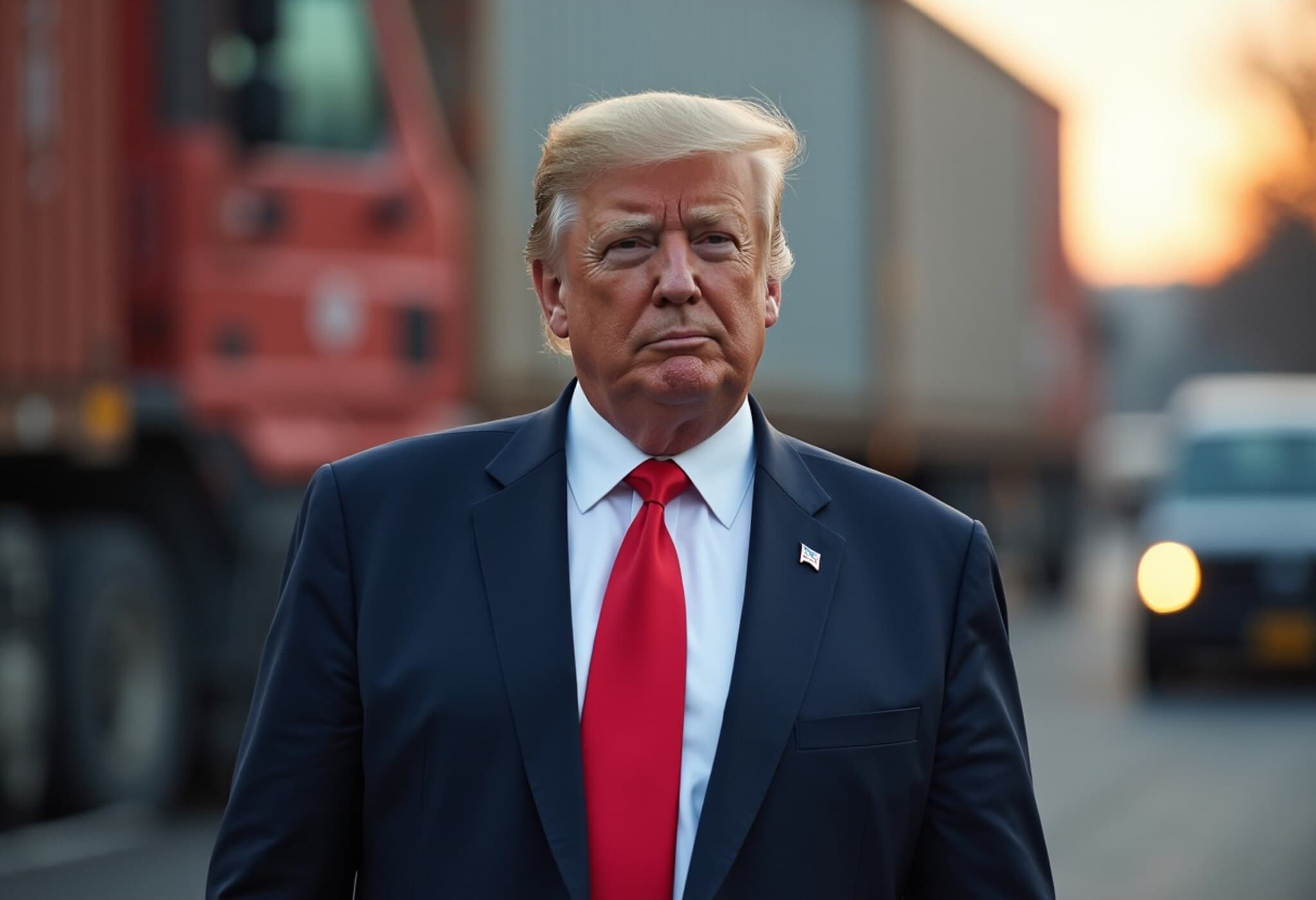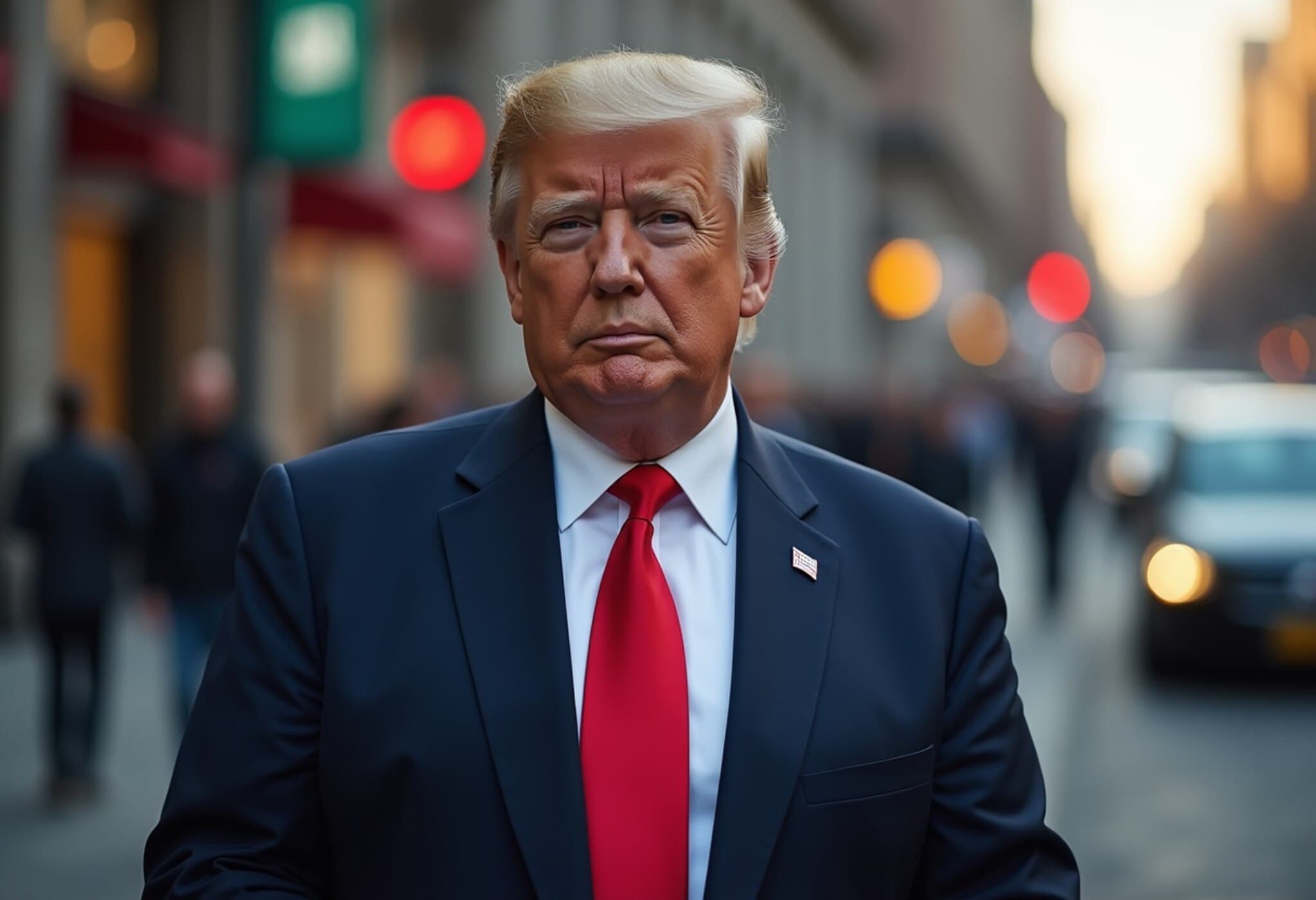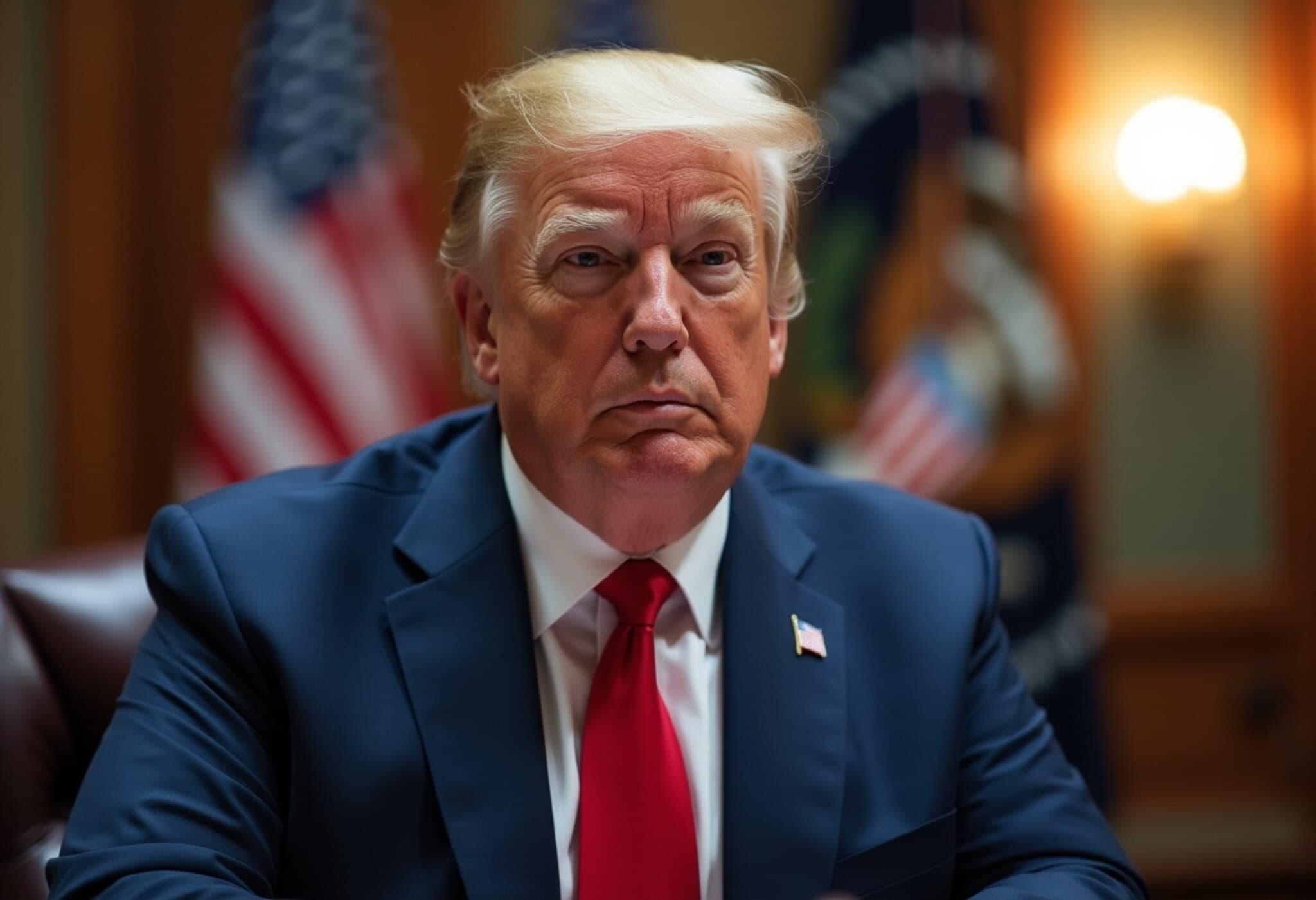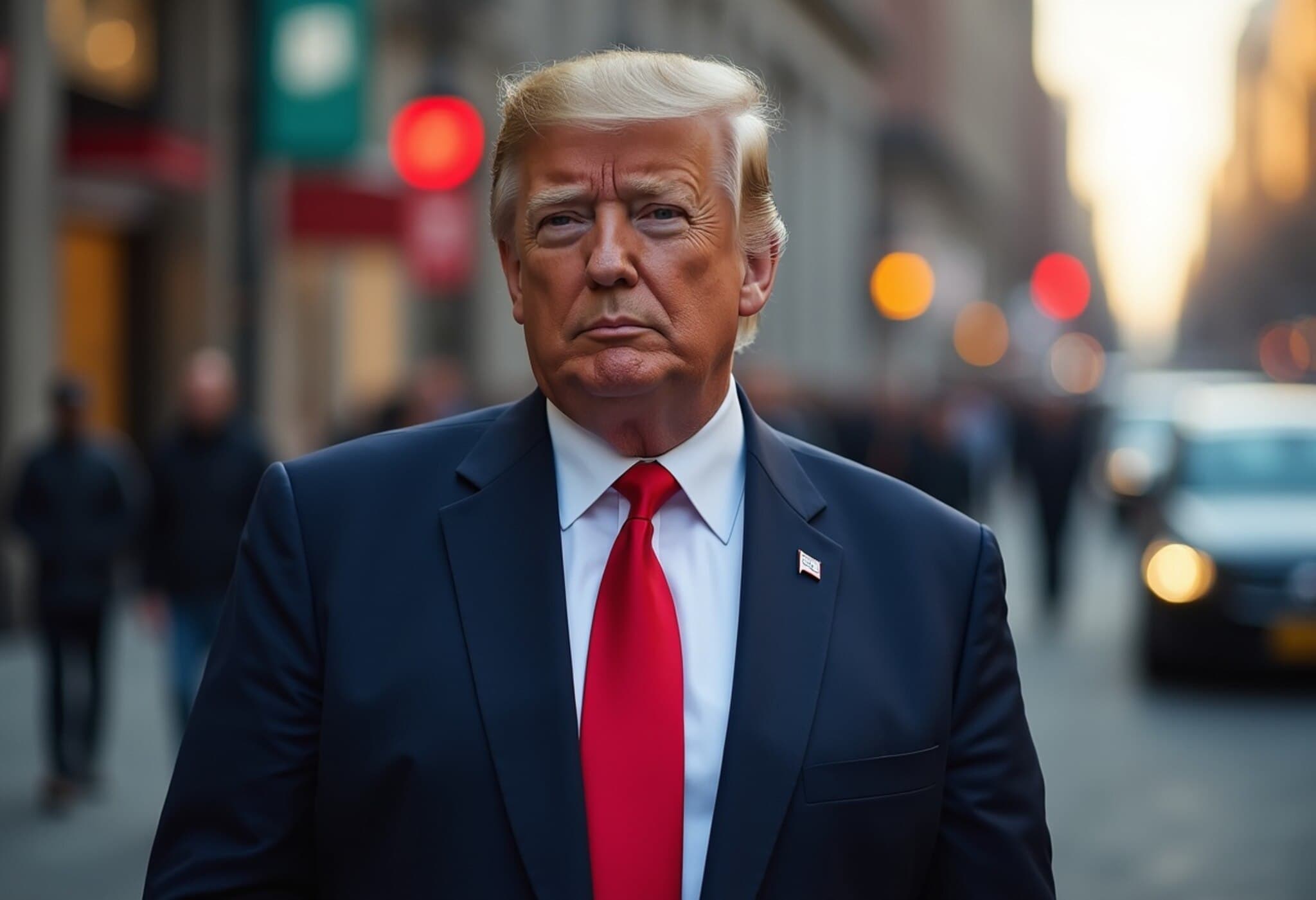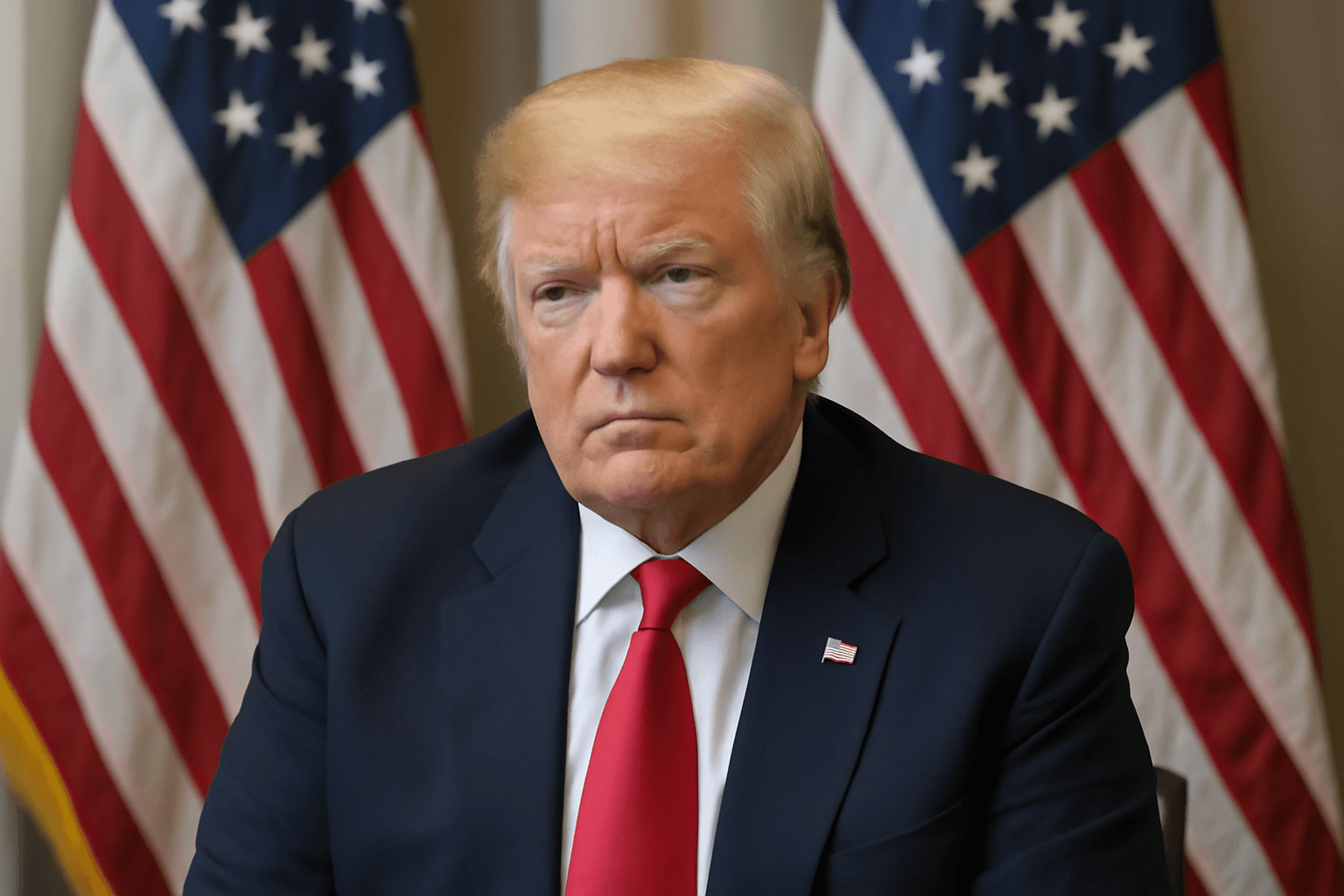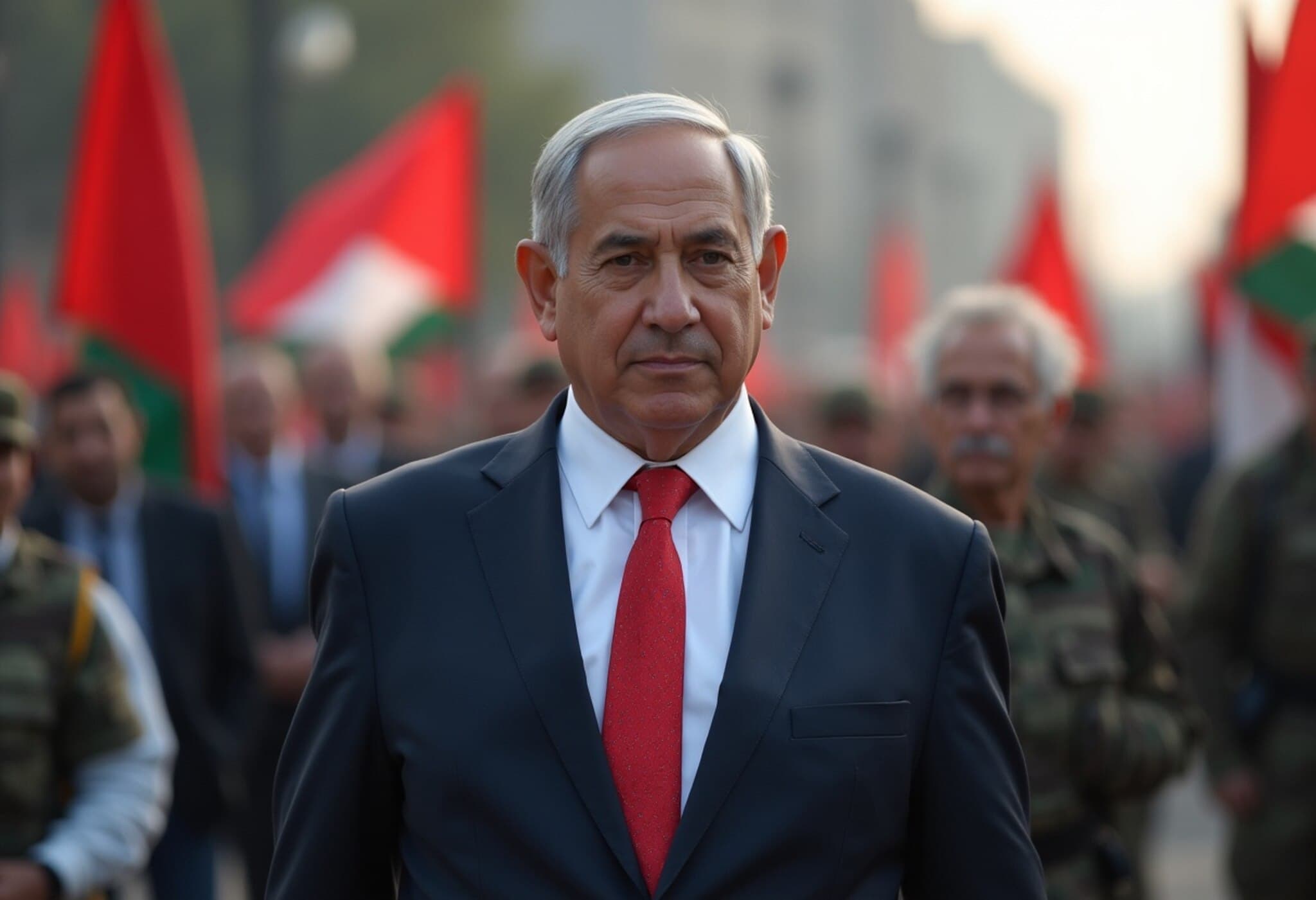Trump’s Trade War: Perception vs. Reality
Since retaking office in January, President Donald Trump has touted his aggressive trade policies as a major victory for American interests. From imposing sweeping tariffs to renegotiating trade deals, he portrays himself as winning a crucial economic battle on the global stage. Yet, a deeper look reveals a more nuanced and contested picture.
While tariffs have indeed soared — with the effective U.S. tariff rate climbing from a modest 2.5% at inauguration to close to 20% today, the highest in a century according to the Atlantic Council — the broader impact remains uncertain. Experts warn that the perceived wins mask underlying risks to the U.S. economy, inflation, and long-term trade relationships.
Trade Deficit Narrows, But At What Cost?
Data released recently indicates a 16% reduction in the U.S. trade deficit for June, with the gap with China shrinking to its smallest point in over two decades. At first glance, this suggests tariffs are delivering results. However, economists caution that trade deficits are only part of the story.
Josh Lipsky, director of economic studies at the Atlantic Council, points out the critical question is: "What does winning mean?" While the U.S. has largely avoided a harsh retaliatory tariff war, the added costs from tariffs could strain American consumers and businesses. Early signs show these protective measures may already be contributing to job losses, suppressed growth, and inflationary pressures — costs largely borne by the American public.
Expert Perspectives on Economic Impact
- Michael Strain, American Enterprise Institute’s head of economic policy, portrays the situation as a strategic loss: "Trump is willing to inflict economic harm upon Americans than other countries are willing to inflict on theirs."
- Kelly Ann Shaw, a former White House trade adviser, suggests patience is required. She notes that tariff policies, alongside tax cuts and deregulation, might take longer to reflect positively, and acknowledges Trump’s unprecedented efforts to reshape the global trading system.
Trade Agreements: Progress and Pitfalls
Trump’s administration finalized framework agreements with eight key trading partners—including the European Union, Japan, Britain, South Korea, and emerging economies like Vietnam and Indonesia. These impose tariffs ranging from 10% to 20%, covering roughly 40% of U.S. trade flows, with China accounting for an additional 14%, bringing the total to nearly 54% of trade under such arrangements.
However, these deals fall short of the administration’s initial promise of "90 deals in 90 days," and have been criticized for their lack of concrete enforcement mechanisms, especially on investment pledges totaling more than a trillion dollars. Trade expert Ryan Majerus points out that such challenges illustrate how entrenched trade issues won't be solved overnight, requiring ongoing negotiations stretching into years.
Recent volatility underscores these complexities. Just last week, tariffs on Indian goods doubled amid concerns over their imports from Russia. Brazil faces a similar hike due to political tensions, while Switzerland’s tariffs escalated following diplomatic misunderstandings. These shifts reflect how the trade war remains a fluid, unpredictable arena.
The Challenge of Implementation and Enforcement
One of the most significant hurdles lies in ensuring trading partners follow through on their commitments. The European Union, for instance, agreed to a 15% tariff deal with the U.S. after high-profile negotiations, but this has drawn ire from farmers and winemakers who had hoped for zero tariffs. The promised investments and purchases — amounting to hundreds of billions — hinge on cooperation from individual countries and private sector actors who are not obligated to comply solely on Brussels’ word.
History offers a cautionary tale. China failed to meet its purchase guarantees under the Phase 1 trade deal, illustrating the difficulty in holding sovereign nations accountable. This casts doubt on whether the EU, Japan, and others can operationalize their promises without substantial monitoring and consequences.
Legal Obstacles and the Road Ahead
Many of Trump’s tariff actions rest on the controversial use of the 1977 International Emergency Economic Powers Act, a legal foundation traditionally reserved for national security sanctions. Currently under appellate court scrutiny, the outcome of these challenges could define the future scope of presidential authority on trade tariffs—and likely require a Supreme Court verdict.
This uncertainty adds another layer of complexity for businesses navigating a shifting regulatory environment, with lasting implications for U.S. economic stability and global trade dynamics.
Conclusion: A Complex Trade War With No Clear Winner
Despite President Trump’s confidence in his trade strategy, experts underscore that the costs and risks are mounting domestically. Whether the aggressive tariff approach will translate into durable economic gains or exacerbate inflation and supply chain disruptions remains to be seen.
As the geopolitical chessboard evolves, the U.S. must grapple with balancing protection of its industries against the unintended consequences impacting consumers, jobs, and global relationships. Ultimately, the “win” in this trade war may be elusive, demanding a nuanced understanding beyond headline metrics.
Editor's Note
The unfolding trade war presents a critical case study in modern economic statecraft. While tariffs aim to leverage American strength, they raise essential questions about the sustainability of unilateral actions in complex global supply chains. Readers should consider: How can policymakers balance short-term gains with long-term economic resilience? And what mechanisms can enforce international trade commitments in an era of geopolitical uncertainty?

